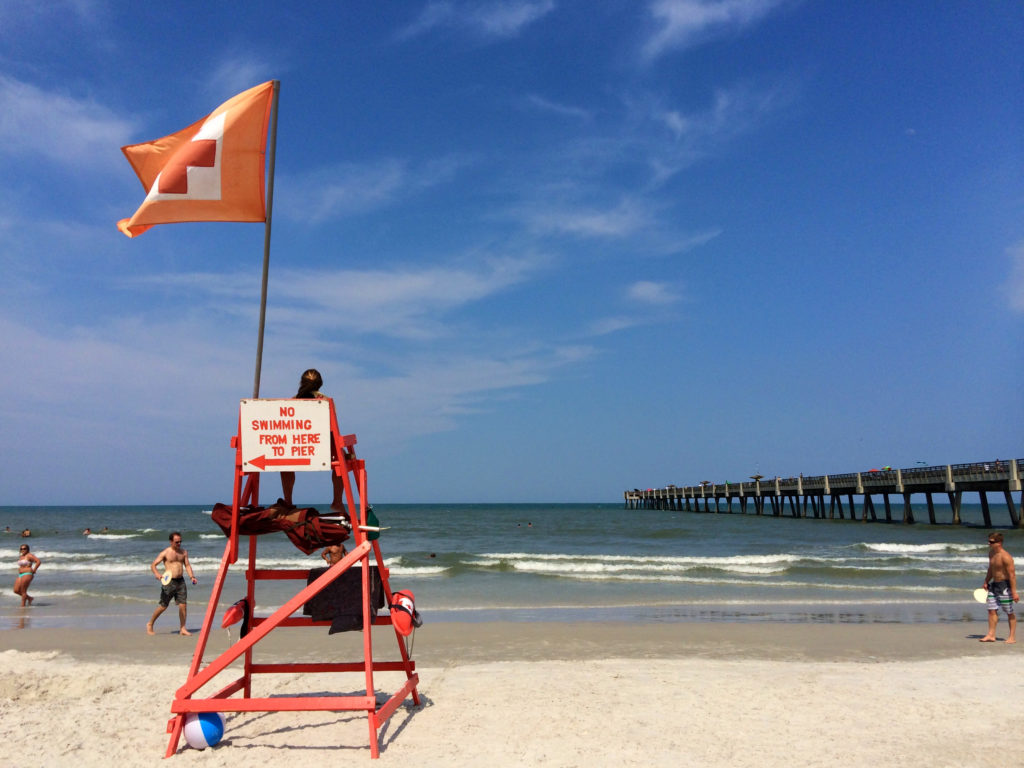With classes wrapping up and the weather turning, Canadians can finally enjoy patio evenings and cottage weekends months in the waiting. The end of the school year also marks a chance for thousands of young people to find summer work, earning a little extra money and gaining valuable work experience. Employers are ready and waiting for the surge in job applicants to fill summer positions during the fast-approaching sultry season.
Indeed data offers a unique window into Canada’s summer job market. By isolating jobs that specifically mention “summer” in their title (see methodology), we can size up how summer job postings and searches figure as a share of overall Canadian labour market activity, and how they’ve evolved over time. We can also pinpoint where in Canada summer jobs are most concentrated and what types of summer work are in highest demand.
The summer job market is on a big upswing among both Canadian employers and job seekers, according to Indeed data. As of May, summer job posts as a share of total postings were up a solid 15% from a year earlier, building on a 23% increase in 2017. On the job seeker side, searches for summer jobs as a share of total job searches were up a robust 10% in May after remaining fairly steady between 2016 and 2017.


What types of summer jobs are in the highest demand?
When we look at summer job postings by job title, it’s clear that several of the most common positions are geared toward teens and young adults likely to return to school in the fall. These jobs often involve supervising out-of-school children whose parents are at work, such as babysitters/nannies, camp counselors, and instructors. Still, summer jobs posts are spread across a wide range of sectors. Office work, as well as weather-dependent roles such as labourers, painters and maintenance persons, also rank high on the list.

*Excluding internships and jobs with undefined titles
Summer job posts as a share of total postings are greatest in Canada’s more-rural provinces. Unsurprisingly, summer job posts account for a relatively large share of total postings in the Northwest Territories and Yukon. Of course, in Canada’s far north, it can be frigid and sunlight is scarce during other times of the year.
Summer Jobs are more common in Canada than in the US
Summer jobs are much more common in Indeed data for Canada than in the US. In fact, the May 2018 share of total job postings containing the word “summer” was 2.4 times higher in Canada than in the US, while the share of searches was 2.6 times higher. Earlier in the year, the gap in summer job searches between the two countries was even greater.

Part of this discrepancy might reflect the fact that Canada’s economy has a more seasonal structure than the US economy. For instance, for some weather-dependent industries such as construction, the long Canadian winters and short summers mean there’s only a brief window to perform this work.
Another part of the story—particularly for job searches—probably reflects a stronger attachment to the world of work among Canadian teenagers than among their US counterparts. In 2000, the share of teenagers in both countries either employed or looking for work averaged 52%. But, by 2015, the share in the US had plummeted to 34%, while the decline in Canada was a modest two percentage points to 50%. This divergence probably reflects both economywide trends and factors specific to teens themselves.
More broadly, the US suffered much steeper job losses than Canada during both the 2001 and 2008-09 recessions. That US job market weakness was probably one of the reasons why more adults in the States have been competing for roles traditionally held by teens.
Specific to teenagers, entry into elite university programs has grown increasingly competitive in the US compared with Canada. This could have contributed to the rising number of US teens attending summer school. Moreover, many US college-bound teens are heavily invested in extracurricular activities to strengthen their applications, leaving less time for summer jobs.
Greater focus on college preparation in the US has its advantages, but it has also led to concerns about the “death of the summer job.” In contrast, these jobs are alive and well in Canada, helping provide important work experience to Canadian youth.
Methodology
For this analysis, we categorized a job posting as a summer job if it contained the word “summer” or “été” in the title. We excluded summer internships because we found notable differences in what types of work they were for, when and where they were posted, and when people searched for them. Combining the two types of summer work could muddle the results. The time frame for the job category analysis was January 1, 2015 to May 1, 2018.
There are slight differences in how the labour force participation rate is calculated in Canada and the US, but these are unlikely to explain their diverging trends.






